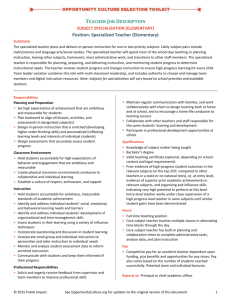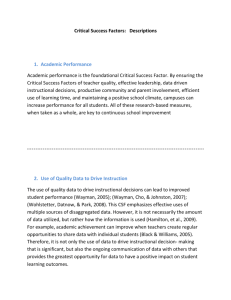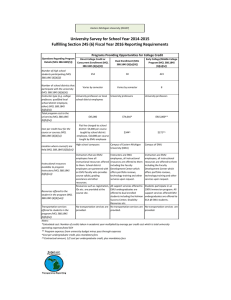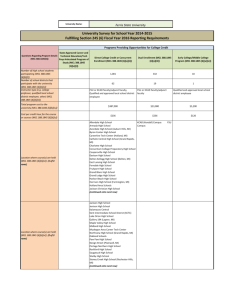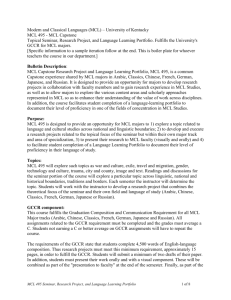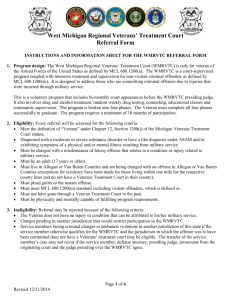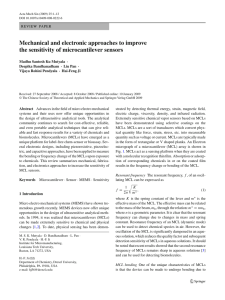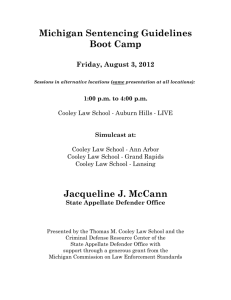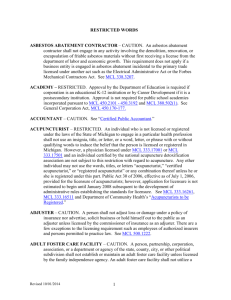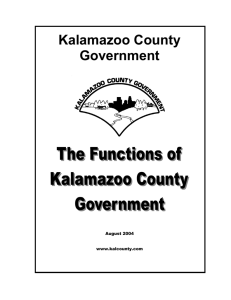Multi-Classroom Leader
advertisement
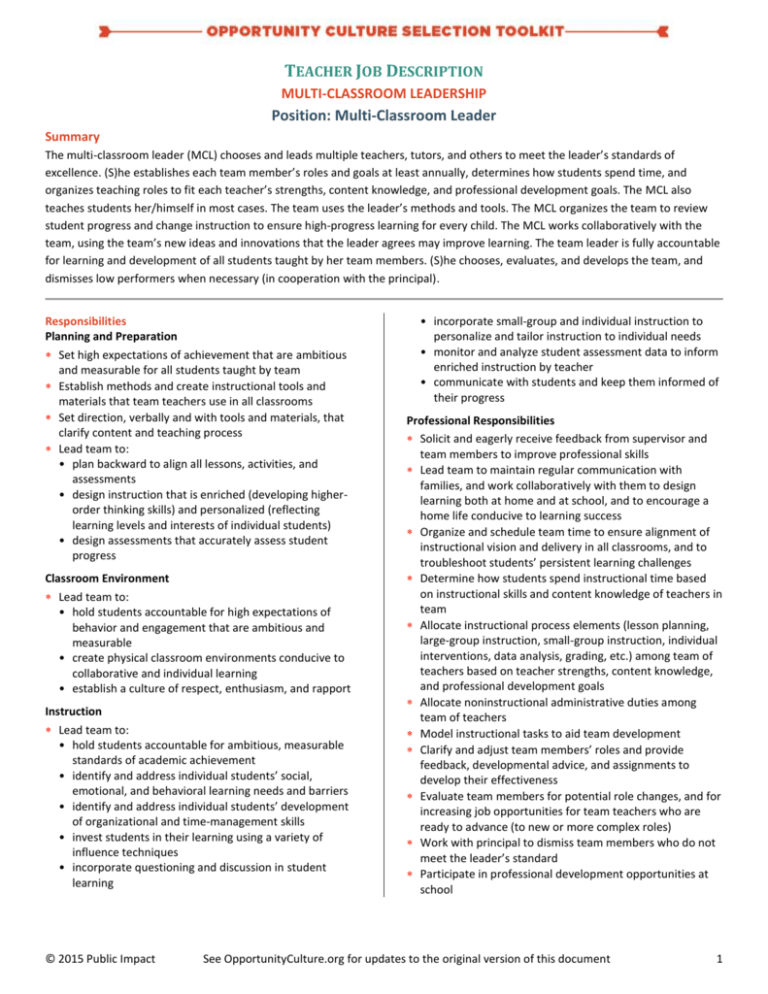
TEACHER JOB DESCRIPTION MULTI-CLASSROOM LEADERSHIP Position: Multi-Classroom Leader Summary The multi-classroom leader (MCL) chooses and leads multiple teachers, tutors, and others to meet the leader’s standards of excellence. (S)he establishes each team member’s roles and goals at least annually, determines how students spend time, and organizes teaching roles to fit each teacher’s strengths, content knowledge, and professional development goals. The MCL also teaches students her/himself in most cases. The team uses the leader’s methods and tools. The MCL organizes the team to review student progress and change instruction to ensure high-progress learning for every child. The MCL works collaboratively with the team, using the team’s new ideas and innovations that the leader agrees may improve learning. The team leader is fully accountable for learning and development of all students taught by her team members. (S)he chooses, evaluates, and develops the team, and dismisses low performers when necessary (in cooperation with the principal). Responsibilities Planning and Preparation Set high expectations of achievement that are ambitious and measurable for all students taught by team Establish methods and create instructional tools and materials that team teachers use in all classrooms Set direction, verbally and with tools and materials, that clarify content and teaching process Lead team to: • plan backward to align all lessons, activities, and assessments • design instruction that is enriched (developing higherorder thinking skills) and personalized (reflecting learning levels and interests of individual students) • design assessments that accurately assess student progress Classroom Environment Lead team to: • hold students accountable for high expectations of behavior and engagement that are ambitious and measurable • create physical classroom environments conducive to collaborative and individual learning • establish a culture of respect, enthusiasm, and rapport Instruction Lead team to: • hold students accountable for ambitious, measurable standards of academic achievement • identify and address individual students’ social, emotional, and behavioral learning needs and barriers • identify and address individual students’ development of organizational and time-management skills • invest students in their learning using a variety of influence techniques • incorporate questioning and discussion in student learning © 2015 Public Impact • incorporate small-group and individual instruction to personalize and tailor instruction to individual needs • monitor and analyze student assessment data to inform enriched instruction by teacher • communicate with students and keep them informed of their progress Professional Responsibilities Solicit and eagerly receive feedback from supervisor and team members to improve professional skills Lead team to maintain regular communication with families, and work collaboratively with them to design learning both at home and at school, and to encourage a home life conducive to learning success Organize and schedule team time to ensure alignment of instructional vision and delivery in all classrooms, and to troubleshoot students’ persistent learning challenges Determine how students spend instructional time based on instructional skills and content knowledge of teachers in team Allocate instructional process elements (lesson planning, large-group instruction, small-group instruction, individual interventions, data analysis, grading, etc.) among team of teachers based on teacher strengths, content knowledge, and professional development goals Allocate noninstructional administrative duties among team of teachers Model instructional tasks to aid team development Clarify and adjust team members’ roles and provide feedback, developmental advice, and assignments to develop their effectiveness Evaluate team members for potential role changes, and for increasing job opportunities for team teachers who are ready to advance (to new or more complex roles) Work with principal to dismiss team members who do not meet the leader’s standard Participate in professional development opportunities at school See OpportunityCulture.org for updates to the original version of this document 1 Qualifications Knowledge of subject matter being taught Bachelor’s degree Valid teaching certificate (optional, depending on school context and legal requirements) Prior evidence of high-progress student outcomes in the relevant subjects (in the top 25% compared to other teachers in a state or on national tests) or, at entry level, evidence of superior prior academic achievements, and organizing and influence skills indicating very high potential to perform at this level. Entry-level teacher works under close supervision of a high-progress teacher until similar student gains have been demonstrated Experience successfully leading and managing a team of adults to accomplish goals Hours Full-time position Teacher-leader has built-in planning and collaboration times to complete administrative tasks, analyze data, plan instruction, and manage the team Pay Competitive pay for an excellent teacher dependent upon funding, plus benefits and opportunities for pay raises. Pay also varies based on the number of students reached successfully. Potential team and individual bonuses. Reports to: Principal or chief academic officer These are the critical competencies a candidate for this position should have. Multi-Classroom Leader—Critical Competencies Critical Competency Definition Achievement (ACH) The drive and actions to set challenging goals and reach a high standard of performance despite barriers. Monitoring and Directiveness (M&D) The drive and actions to set clear expectations and hold others accountable for performance. Planning Ahead (PLA) A bias toward planning in order to reach goals and avoid problems. Impact and Influence (I&I) Acting with the purpose of influencing what other people think and do. Teamwork (TMW) The ability and actions needed to work with others to achieve shared goals. Developing Others (DO) Influence with the specific intent to increase the short- and long-term effectiveness of another person. Flexibility (FL) The ability to adapt one’s approach to the requirements of a situation and to change tactics. For an explanation of these competencies and how they are used in selection, please visit this webpage. © 2015 Public Impact See OpportunityCulture.org for updates to the original version of this document 2
